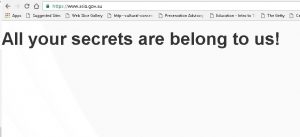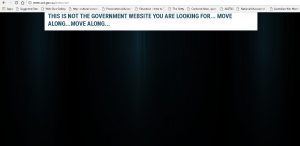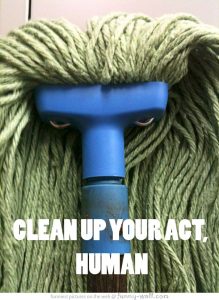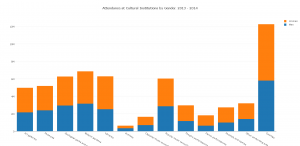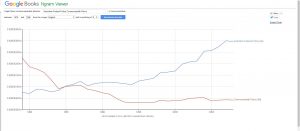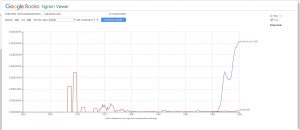Project delivery and outcomes for “MY DIGITAL MUSEUM”
INTRODUCTION
One analog man in a digital paradise, taken out of the relative comfort of managing large operational facilities and thrust into the digital world of Twitter, Facebook and YouTube. Having absolutely Zero experience in the extent this digital world has to offer no one would have ever thought of this analog man being capable of Website design and delivery…until this Semester.
Project DELIVERY – Summary and Aims
This project was to provide a vision for a future online Australian Federal Police (AFP) Museum website to immediately support the relocation of the existing permanent display and supplement the new displays as they are brought back online.
The entire collection on the current AFP Museum is made up of images, photographs, objects, stories and gathered information all relating to the history of the Australian Federal Police. The current location of the museum is no longer available to the AFP at the end of its lease forcing the museum to relocate to a new home, constructing a digital online museum is one way of maintaining public access to the collection.
The actual museum contained objects and artifacts collected or donated from a variety of sources and curated by the Australian Federal Police Museum team given the potential vastness of the display it was an obvious choice to limit the initial presentation for this project to a reflection of the first 30 years of the Australian Federal Police.
Project DELIVERY – lessons learned
Throughout the course of this project I was introduced to many new and interesting ways to search for information and present the information found, some weeks there was just too many new things to try and even though attempts were made at all the tasks presented in the class notes and lectures many of these I could not incorporate into the final project.
Creating the website I found to be very interesting and my project is looking quite good for a first attempt, adding links and undertaking secondary research for supplement the primary museum object on display went well. The main difficulties remained in the incorporation of the tools presented to us into the website, for this I believe that more could have been done and over the next couple weeks I’ll continue to work on improving the site just to prove to myself that it can be done.
Permission to use the images has been granted by the AFP Museum team with limitations that the website does not contain certain keywords which may identify it as an official AFP site. (AFP Museum Team, 2016), I underestimated just how long it would take to get the permissions needed to undertake this project using the medium chosen.
Project DELIVERY – assessment against project plan goals
The outcome of this project is to display some of the current collection and the associated history to a website designed to serve as a temporary space until a new, more permanent facility is realized. This project differed because the museum contains tangible and intangible records of the triumphs and tragedies that Australian Federal Police members have faced historically through actions locally and internationally, it is something that rarely has general public visibility.
Throughout this project, the plan was to achieve the following;
- To identify a need to provide access to the AFP Museum collection for the General Public
- Develop a site for the short term, interim requirement with the ability to be drawn on for use when planning a bigger website for the long term.
- Use the knowledge gained in class to expand the collection by adding links each of the 30 online displays presented as part of this project.
Against the goals, I believe each of the outcomes were met, though further improvement could still be made.
Project DELIVERY – Extensions to original plan
The project is planned to be used by the AFP Museum team as a platform for the future museum displays and events. The specific needs focus on keeping the museum accessible to AFP staff for training and members of the public to enhance the knowledge and understanding of what role the Australian Federal Police play and how they have contributed to events on a local, national and international platform. Focus on this project has initially commenced with the presentation of the first 30 years of Australian Federal Police history linked through local, regional and international online resources to support the story presented with each artifact.
With a near endless opportunity to expand the existing site, the biggest constraint was time followed closely by experience, both I plan to expand on even after this semester’s assignment period is complete. I had a plan to include a virtual tour of the existing museum space before it was dismantled for storage, unfortunately, time was against me and the museum space was already partially dismantled as a requirement for the relocation. My second thought was to include displays that are currently on loan to other agencies or AFP buildings and this can still be incorporated though not in this time period.
The initial site with basic template commenced during the planning phase as http://liesegangr.wixsite.com/digital-museum , this evolved through project delivery to a better site that was easier to present and locate via Google search.
This new site is now called http://www.mydigitalmuseum.com/.
Project DELIVERY – conclusion
Overall I believe this project was a success, having achieved a website that is visible on several platforms that presented artifacts of a heritage and historic nature that is flexible enough to expand as more items are included in the collection.
The site has a good positive feel with links to displays made easy to use for the majority of the intended visitors.
